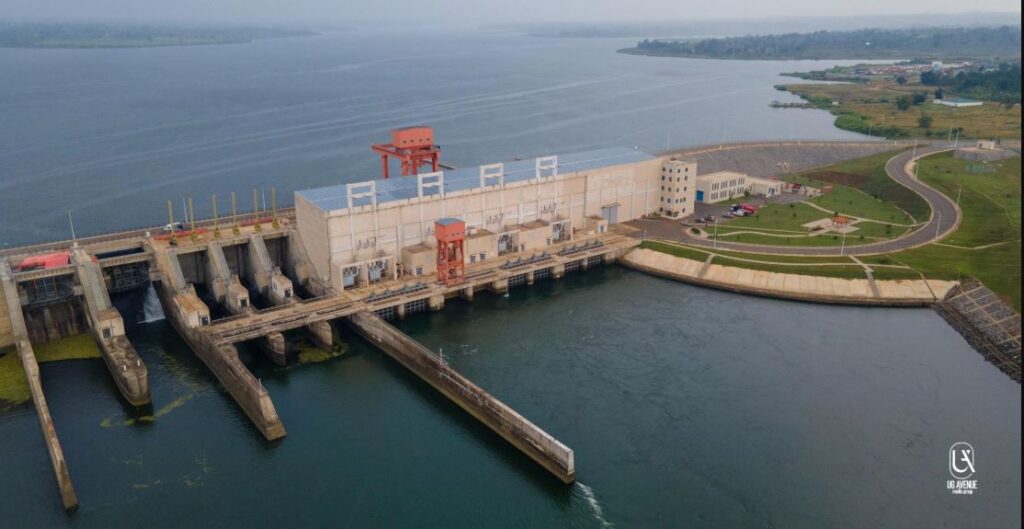
The Uganda Electricity Generation Company Ltd (UEGCL) has sounded the alarm on the potential risks associated with the Isimba Hydro Power Dam, warning that it could collapse at any moment, posing a significant threat to the lives of people living downstream.
According to Eng. Harrison Mutikanga, the Chief Executive Officer (CEO) of UEGCL, the dam, which was commissioned by President Yoweri Museveni in 2019, is a “disaster waiting to happen” due to poor-quality repair work by the contractor, China International Water and Electric Corporation.
Mutikanga revealed this today during an inspection of the dam by the Inspector General of Government (IGG) Betti Kamya, which was aimed at ascertaining the potential risk posed if the dam collapses at any time in future.
Kamya, who had led a team from her office to inspect the Dam, revealed that the inspection was prompted by complaints received regarding alleged substandard work by the contractors.

“Isimba Dam is at risk of further deterioration and possible collapse due to poor-quality repair work by the contractor, China International Water and Electric Corporation,” Mutikanga told the IGG Kamya.
He lamented that despite multiple deadline extensions since the original 2019 completion date, the contractor has failed to deliver, with no signs of progress as the latest extension nears its end, yet the delay poses a great danger to communities around the dam.
Isimba Hydropower Dam was constructed using a US$ 481 million loan extended to Uganda by the Government of China through the EXIM Bank of China.
Risks of Dam Collapse
The potential collapse of Isimba Dam poses significant risks to the environment, human life, and the economy. Some of the risks include:
Loss of Life
A dam collapse would put the lives of people living downstream at risk, including those in the districts of Kayunga and Kamuli. According to Mutikanga, over 2,000 people downstream are at risk of losing their lives and property if the dam bursts, which would result in a national disaster.
Property Damage
The collapse of the dam would also result in significant property damage, including destruction of homes, businesses, and infrastructure.
Environmental Impact
A dam collapse would have a devastating impact on the environment, including pollution of waterways and destruction of aquatic life.
Economic Consequences
The collapse of the dam would also have significant economic consequences, including loss of power generation, disruption of economic activities, and potential losses to the tourism sector.
Causes of the Risk
The risk of Isimba Dam collapse is attributed to:
Poor-Quality Repair Work
As Mutikanga reiterated, the contractor, China International Water and Electric Corporation, has been accused of carrying out poor-quality repair work, which has compromised the integrity of the dam.
It should be noted that the Parliament Committee on Environment and Natural Resources in February this year conducted an oversight visit to the 183MW Isimba dam, which revealed critical structural defects in the dam’s spillway stilling basin.
In their report, the committee ordered the arrest of the Chinese contractors after they failed to deliver a satisfactory explanation about the pending disaster and why they had failed to complete the job they were contracted to do, although the case later evaporated into thin air.
Delays in Completion
The project has faced significant delays, with multiple deadline extensions since the original completion date in 2019.
Lack of Progress
Despite the extensions, there has been no significant progress in completing the project, posing a great danger to communities around the dam.
The potential collapse of Isimba Dam is a ticking time bomb that poses significant risks to the environment, human life, and the economy.
The government of Uganda and relevant authorities must take immediate action to address the concerns raised by UEGCL and ensure that the dam is repaired and maintained to prevent a disaster.
The government must also hold the contractor accountable for the poor-quality work and ensure that the project is completed to the required standards.
